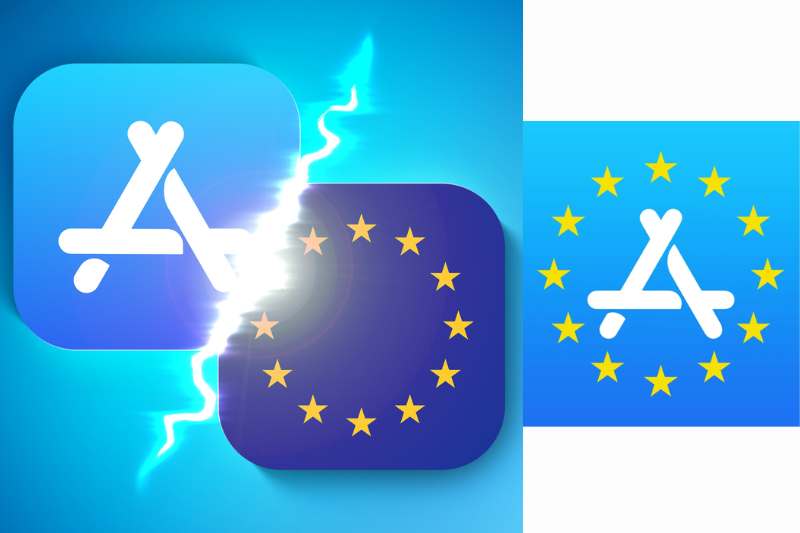
Apple has made a major shift in how the App Store works in Europe. This move comes after pressure from European regulators and a hefty €500 million fine. The tech giant is now updating its rules to align with the EU’s Digital Markets Act (DMA). These changes are big — not just for developers, but also for users.
Let’s break down what Apple is changing, why it matters, and how it will affect your apps.
Apple’s changes are all about compliance. The European Union’s Digital Markets Act requires large tech companies, called "gatekeepers," to allow more competition and consumer choice. Apple, being one of those gatekeepers, had to respond or face more penalties.
The EU is cracking down on practices like blocking developers from linking to outside payment options. That’s what led to the fine. Apple now needs to show it’s making a real effort to open up its platform — or risk even more legal trouble.
Apple has rolled out several key updates to its App Store policies in EU countries that support developer freedom and consumer choice.
Developers can now include multiple external payment links inside their apps. These links can point users to websites or platforms where they can buy digital goods or subscriptions — without paying Apple’s usual 15% to 30% commission.
This marks a major shift from Apple’s earlier “anti-steering” policies that prohibited external payment promotions.
Previously, when a user tapped an external link, Apple would display a warning screen. Now, this disclosure screen appears only once per app session. That means users will face fewer interruptions when navigating to an outside site for purchases.
This is part of Apple's move to align with EU consumer rights requirements and remove barriers to app monetization freedom.
Developers now have more options to market their apps and services. Apple no longer restricts them from using webviews, emails, websites, or third-party marketplaces to share pricing or subscription offers.
This is a win for developers who’ve long demanded more control over how they communicate with users. Apple’s policy shift marks a new chapter for EU-based app businesses and startups.
Apple didn’t drop its fees altogether. Instead, it introduced a more complex model tailored for EU markets.
If developers use external purchase methods, they must pay a 5% Core Technology Commission (CTC). This replaces the old €0.50 Core Technology Fee (CTF) per install.
Apple now offers two pricing tiers:
Tier 1 – 5% fee for basic services like app delivery, app security, and developer support
Tier 2 – 13% fee for premium services, including App Store search visibility, in-app purchasing tools, and user reviews
Discounted rate – 10% for small businesses or long-term subscriber renewals
If a transaction is made within six months of download, Apple charges a 2% acquisition fee — though this is waived for developers enrolled in the Small Business Program.
These changes are already in effect from June 26, 2025 across the European Union. Apple has also announced plans to phase out the per-install fee structure by January 1, 2026.
EU developers must now choose between sticking with Apple’s in-app purchase system or transitioning to external payment links with different fees.
iPhone users in the EU can expect the following changes soon:
More app options that let you buy directly from the developer’s website
Fewer warnings or blockers when tapping on external purchase links
Potential discounts as developers avoid App Store commissions
Overall, this offers more transparency, user choice, and competitive pricing in the EU digital app economy.
Apple has appealed the EU’s antitrust ruling and the €500 million fine. However, even as the legal fight continues, the company is under intense scrutiny from EU competition regulators.
The European Commission will continue evaluating whether Apple’s changes meet full compliance. If not, Apple could still face additional fines or restrictions.
Apple’s changes to the App Store in Europe are a big shift. For the first time, developers can steer users toward external payment systems and take greater control over monetization.
However, Apple is still finding ways to generate revenue through new commissions and tiered service fees.
This moment marks a turning point for mobile app distribution in Europe — and possibly, the rest of the world in the near future.